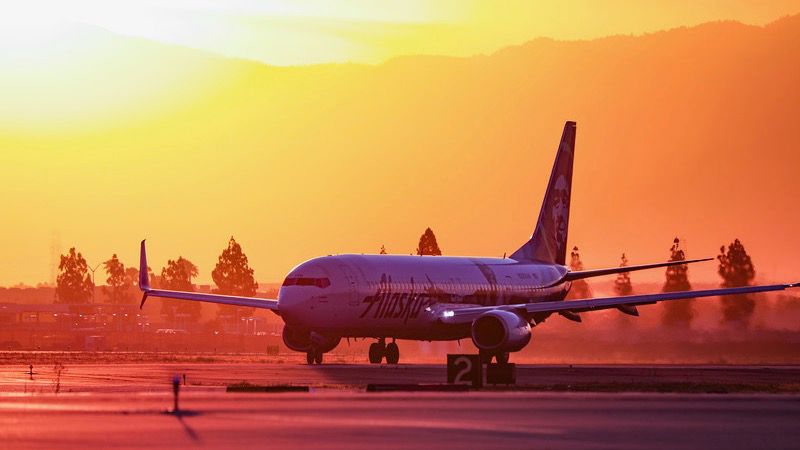ONTARIO, Calif. — When the pandemic grounded flights, Ontario International Airport suffered along with airlines and airports nationwide. But there was a silver lining. One of the 10 largest processors of cargo in North America saw a 20% bump in traffic as homebound shoppers turned to online retail.
Now the airport wants to use its foothold in cargo and larger nearby population to expand airline services, with 2023 positioned as a key year. The airport will make plans for a new international terminal to beef up service, draw more flights and bump up arrivals. Passenger numbers have returned to pre-pandemic levels already, despite spikes in fuel costs with the next year eyed for growth. After taking in 5.7 million passengers in 2022, they hope to break 6 million in 2023.
But the real growth is expected to arrive with a new terminal and further capacity for cargo flights, said Steve Lambert, spokesperson for Ontario International Airport.
The airport is already a regional economic force, generating about $3.8 billion a year in activity while employing 27,000 people. The logistics hub, which services major carriers like FedEx, UPS and Amazon, produces $17.8 billion in economic output, according to numbers found in an Oxford Economics study of the airport.
The same study shows about $2.7 billion in visitor spending, a number that could eventually grow if plans to expand services continue to develop. The airport generates nearly $600 million in local, state and federal taxes.
International traffic would help to dramatically increase traffic, with China and Japan targeted as key markets.
“There’s also opportunity for European flights, so we need that international terminal to support that expansion,” he said. “We’ve got the market and the passenger numbers.”
While he said it’s unclear how much the new terminal will cost or when it will be built, it already has a name: Dianne Feinstein International Terminal, named after the 89-year-old U.S. senator from California.
It is planned to go between the two existing terminals of the airport and is named for her role in returning the airport to local control in 2016.
It’s in that local spirit that Lambert said they want to grow airport business. With ample acreage for expansion, the airport one day hopes to service up to 30 million passengers a year and surpass 1 million tons of cargo processed.
The airport wants to distinguish itself as an alternative to Los Angeles International Airport, not a replacement.
“We want to make sure that we grow but that we grow the right way,” Lambert said. “We want them to see us as an airport that’s easy to access and doesn’t generate a lot of noise.”
The airport’s slogan, “SoCal, So Easy,” is also a guiding star for future development. They advertise closer, easier parking and shorter lines.
But the money has yet to be settled. Lambert said it will come from a combination of federal and local dollars and airport profits. Airlines also contribute to new terminals, he said, by committing to services.
“We’re doing very well, and we expect that growth to continue,” he said.



